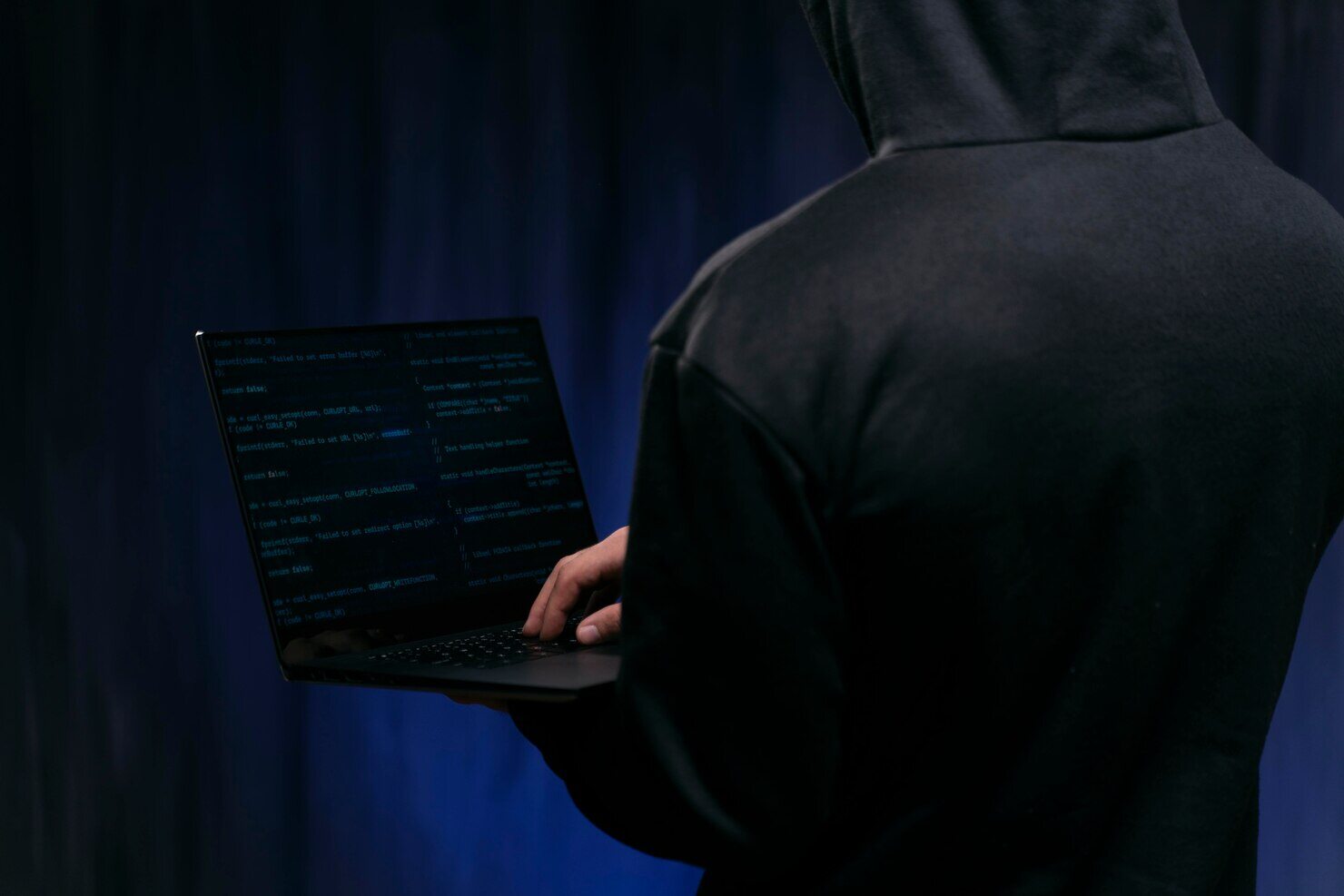Cyber threats to verification and authentication systems are constantly evolving, and one method increasingly used by cybercriminals is the injection attack. This method involves injecting manipulated code or commands into a system with the intent to deceive or disrupt its functions.
Generally, there are four common methods of injection attacks used by fraudsters: Virtual Camera, Man in the Middle Attack, Device/Camera API Modification, and Emulator.
In this article, we will delve into two types of code injection, namely Camera API and Emulator.
1. Camera API
This attack occurs when hackers manipulate the camera API to inject fake video or image feeds into biometric verification systems. Essentially, Camera API modification also includes Virtual Camera. Here are the typical steps involved in a camera API attack:
- Camera API Manipulation: Hackers exploit security vulnerabilities in the camera API used by applications to capture images or videos. They modify the API functions to send manipulated video or image feeds.
- Use of Virtual Camera: Hackers install virtual camera software on their devices, connected to face morphing or face swapping applications to fake the input from physical cameras.
- Sending Fake Biometric Data: During biometric verification, hackers use fake biometric data generated by the virtual camera to manipulate the verification system, making it believe the data is genuine.
Impact of Camera API Attacks
Camera API attacks can be highly damaging as they allow hackers to gain access to personal accounts, sensitive data, and conduct illegal transactions. This can result in financial losses and reputational damage for service providers.
2. Emulator
This attack involves using an emulator, which is software that mimics the functions of physical devices, to run applications in a controlled, manipulated environment. Here’s how an emulator attack works:
- Use of Emulator: Hackers use emulator software to mimic physical devices like smartphones. The emulator allows them to manipulate application data, including location data, user data, and camera feeds.
- Manipulating Application Data: Hackers manipulate the application data running in the emulator, such as faking biometric data to bypass verification processes.
- Testing and Code Injection: The emulator enables hackers to test various attack scenarios and inject malicious code without needing physical access to the target device.
Impact of Emulator Attacks
Emulator attacks can cause significant financial losses for service providers by facilitating fraudulent transactions and identity theft. They also threaten data integrity and user trust in the system.
Preventive Measures
The risk of code injection through camera APIs and emulators most heavily threatens financial services or customer-related services. This threat not only affects individual victims but also financial services as platform providers.
The primary step to prevent Injection Attacks is implementing liveness detection technology. This technology in biometric verification systems works by ensuring that the biometric verification is being conducted by a real person, not an imposter.
VIDA offers an advanced solution to prevent Injection Attacks using deepfakes, namely VIDA Deepfake Shield. Here how it works:
1. Passive Liveness Detection
VIDA Deepfake Shield uses Passive Liveness Detection technology to ensure the authenticity of biometric data. This process begins with the submission of biometric data from the user, where the technology checks the image quality to confirm the data's authenticity. Additionally, a liveness check is performed to ensure that the biometric data comes from a live individual and not a manipulated source.
2. Real-Time Image Feedback
One of the main advantages of VIDA Deepfake Shield is its ability to provide real-time image feedback. This technology ensures that the images sent to the server are of high quality and meet security standards. With real-time feedback, any discrepancies in the biometric data can be corrected immediately, ensuring a smooth and secure verification process.
3. Morphing and Swap Pattern Detection
VIDA Deepfake Shield is also equipped with Image Manipulation Identification technology. This technology can detect morphing patterns or swapped face patterns. Morphing is a technique used to merge two or more faces into one, while face swapping is a technique used to swap one person's face with another's.
4. Protection Against Fake Biometric Data
With the ability to detect morphing and face swap patterns, VIDA Deepfake Shield provides maximum protection against the injection of fake biometric data. This technology ensures that only genuine biometric data is received and verified by the system, protecting companies from the risk of fraud and identity theft.
Read more about Injection Attacks in this VIDA Deepfake Whitepaper!

.png)


